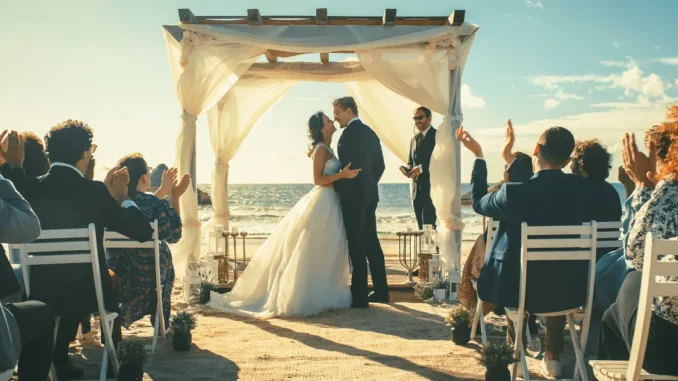
Here’s a shorter version that preserves the emotional core and narrative arc:
I met Nathan when he was six, hiding behind his dad’s leg. Richard had mentioned he had a son, but seeing Nathan’s wary eyes changed something in me. He looked like a kid who’d already been abandoned.
I knelt and offered him a dinosaur book—not a toy—because I wanted him to know I saw him. He didn’t smile, but he took it. Richard later said he slept with that book under his pillow for weeks.
When Richard proposed months later, I asked Nathan’s permission too. “Will you still make cookies with me if you’re my stepmom?” he asked. I promised I would. And I did—every Saturday.
His mom had long vanished. I never tried to replace her—I just showed up. For school, heartbreaks, science fairs. When he once shouted, “You’re not my real mom,” I replied, “No. But I’m really here.” The next morning, a “sorry” note was under my door.
When Richard died suddenly, Nathan was devastated. “What happens now?” he asked. “We figure it out together,” I said. And we did. I helped him through college, celebrated his first job, and stood by him as family.
At his wedding, I was told by his fiancée that the front row was “for real moms only.” Crushed, I sat in the back, trying not to cry. Then Nathan paused halfway down the aisle. He turned, walked to me, and held out his hand.
“Walk me down the aisle, Mom,” he said. For the first time, he called me that.
At the altar, he pulled a chair to the front row. “You sit here. Where you belong.”
His toast later said it all: “To the woman who didn’t give birth to me—but gave me life anyway.”
Would you like this adapted for social media or a particular platform?